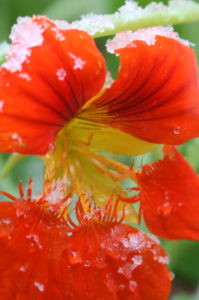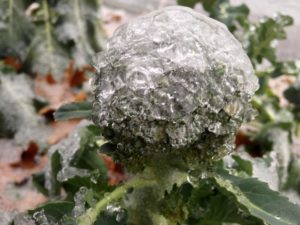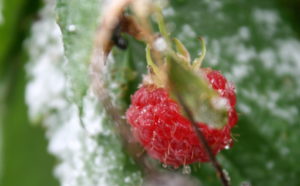Frost is forecast – here is a quick list of you NEED to do and what you SHOULD do.
What you NEED to do:
- Pay your bills in order to avoid late fees.
- Prepare supper. I recommend soup or stew with a loaf of fresh bread for the cold weather.
- If a “hard freeze” is predicted (at least four consecutive hours below 25° F) then you should also turn off water at the spigot and try to empty hose and irrigation lines, or at least leave them open and empty them soon.
Now the longer list of what you probably SHOULD do:
- Take a few minutes to appreciate the season that is coming to a close.
- You probably should make some notes about what worked, what didn’t, and any recipes you’d like to make again next year.
-
Consider what it must be like to be a farmer looking at the end of a season. For many, this means no income for the next many months. Imagine for a few moments having little to no income from now until March or April or June.
- Pull in any very tender items you want, like cucumbers, peppers or partially ripe tomatoes*.
- It’s a good idea to harvest most seeds you want to keep such as beans and nasturtium. You can still harvest them after a freeze but the bean pods tend to get moist which can damage the seeds, while the nasturtium turn into a mass of peppery smelling goo. Getting seeds before plants turn to goo is always more pleasant.
- If you haven’t yet, harvest things like parsley and chives, though they can usually last through a light frost or two.
- Consider when you’re going to plant garlic. (Soon. Definitely before Halloween.)
Frost can occur even when the predicted temperatures are above freezing. The short explanation is that temperature is measured a few feet above the ground, and cold air sinks. So if the air is (for example) 38° at 5′, it can be below 32° at the soil surface. The first frost of the season (in New England) isn’t likely to be a “hard frost.”
Some people make a big production out of the first frost and run around like the end of the world is nigh. Don’t be that person, unless you’re a farmer or homesteader, in which case you’re probably not reading this blog. (But hey, if you are, shout out to ‘ya!)
You knew going into this that the season would end eventually, as most good things do. I find that I appreciate the season more knowing that it will come to an end, and when it comes, I want to appreciate that as well, rather than stressing about it. Sure, I’ll miss walking outside to harvest meals, but this helps me appreciate the time I can do that even more.
Now if this is an early fall frost and you’ve got gobs of fruit on the vine that just needs a few extra days, you should by all means cover with blankets or sheets to keep the ice crystals from damaging your produce.
However, it is already mid-October as I write this. I’m having a blast harvesting several quarts of cherry tomatoes every other day, but I accept that will come to an end very soon regardless the effort I put up because I don’t own a greenhouse and even if I did, the sun spends less and less time in the sky each day.
*Ripening partially colored tomatoes works well, but personally, I find that even when ripening mostly green tomatoes goes well, they taste like crap – worse than supermarket tomatoes. So guess what I do – I compost them and go to the farm or market and buy tomatoes – the kinds that taste better.



